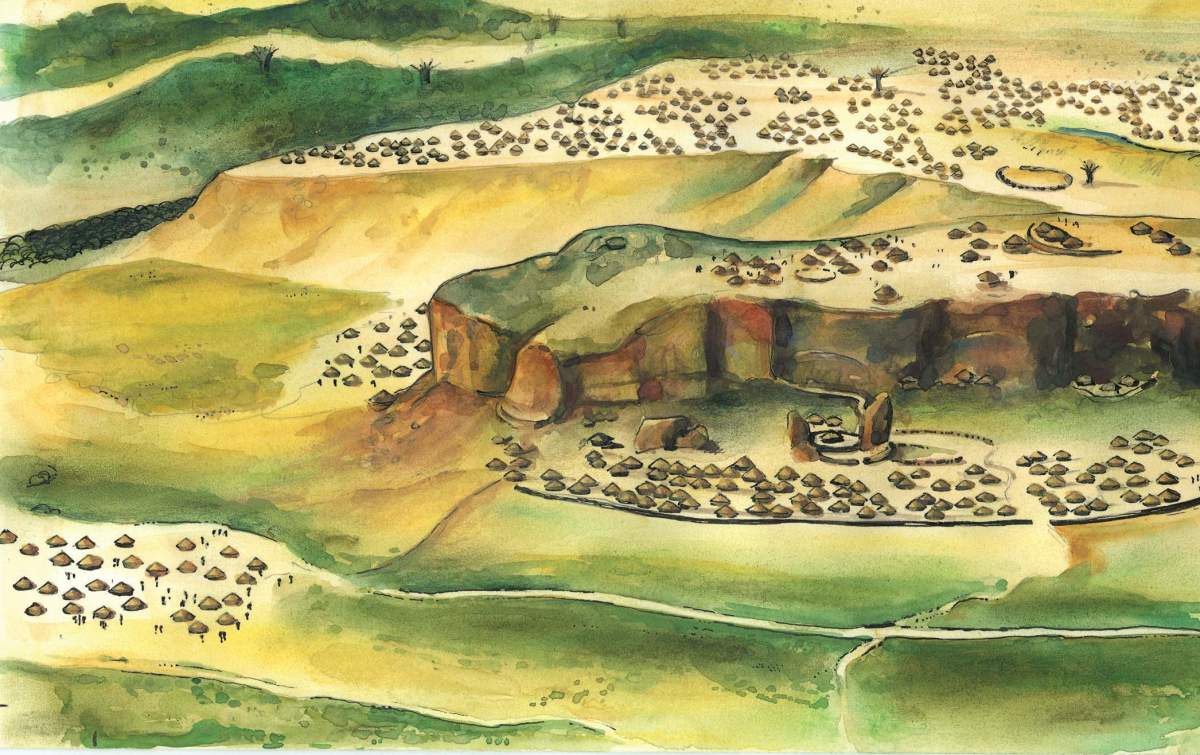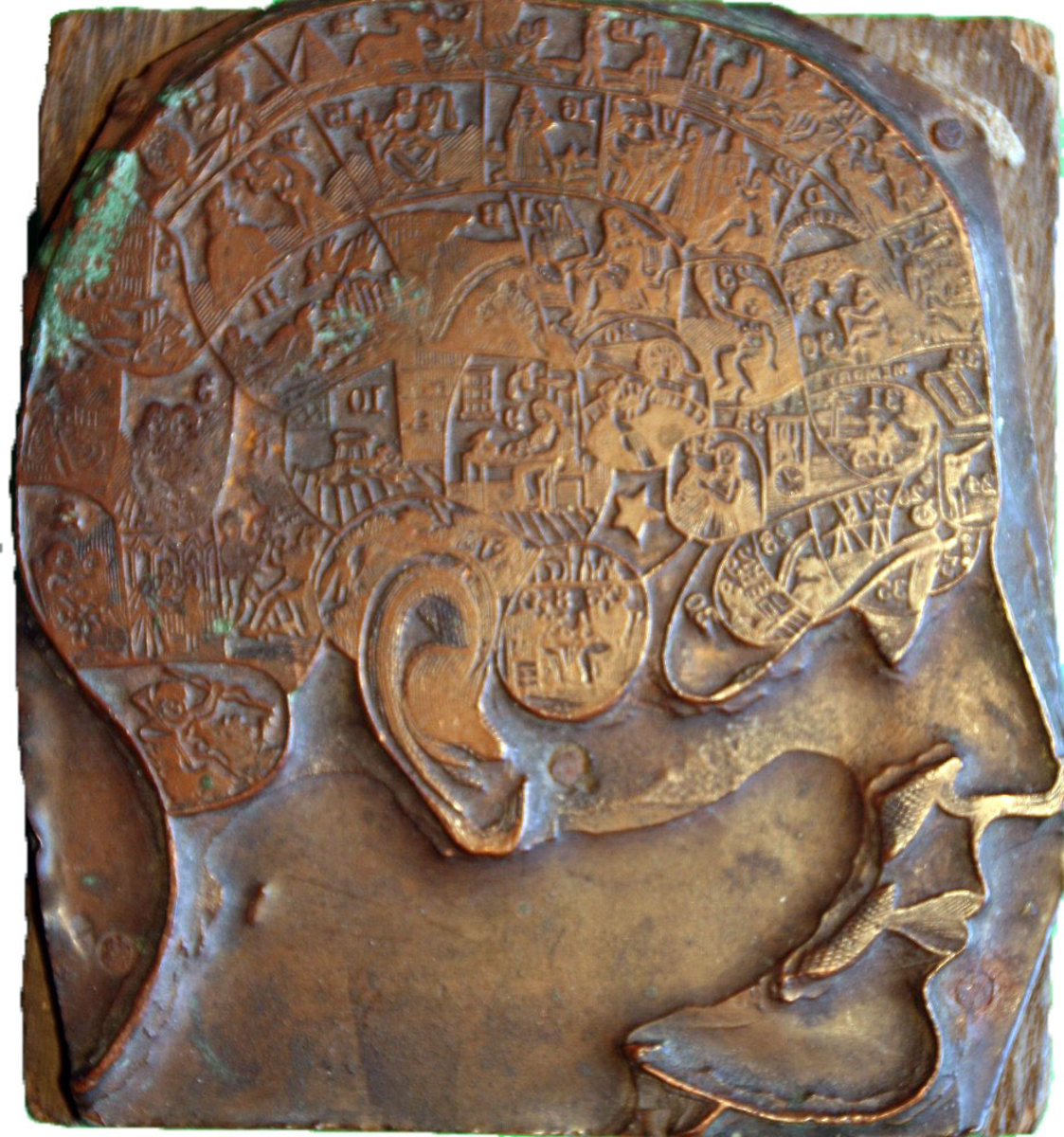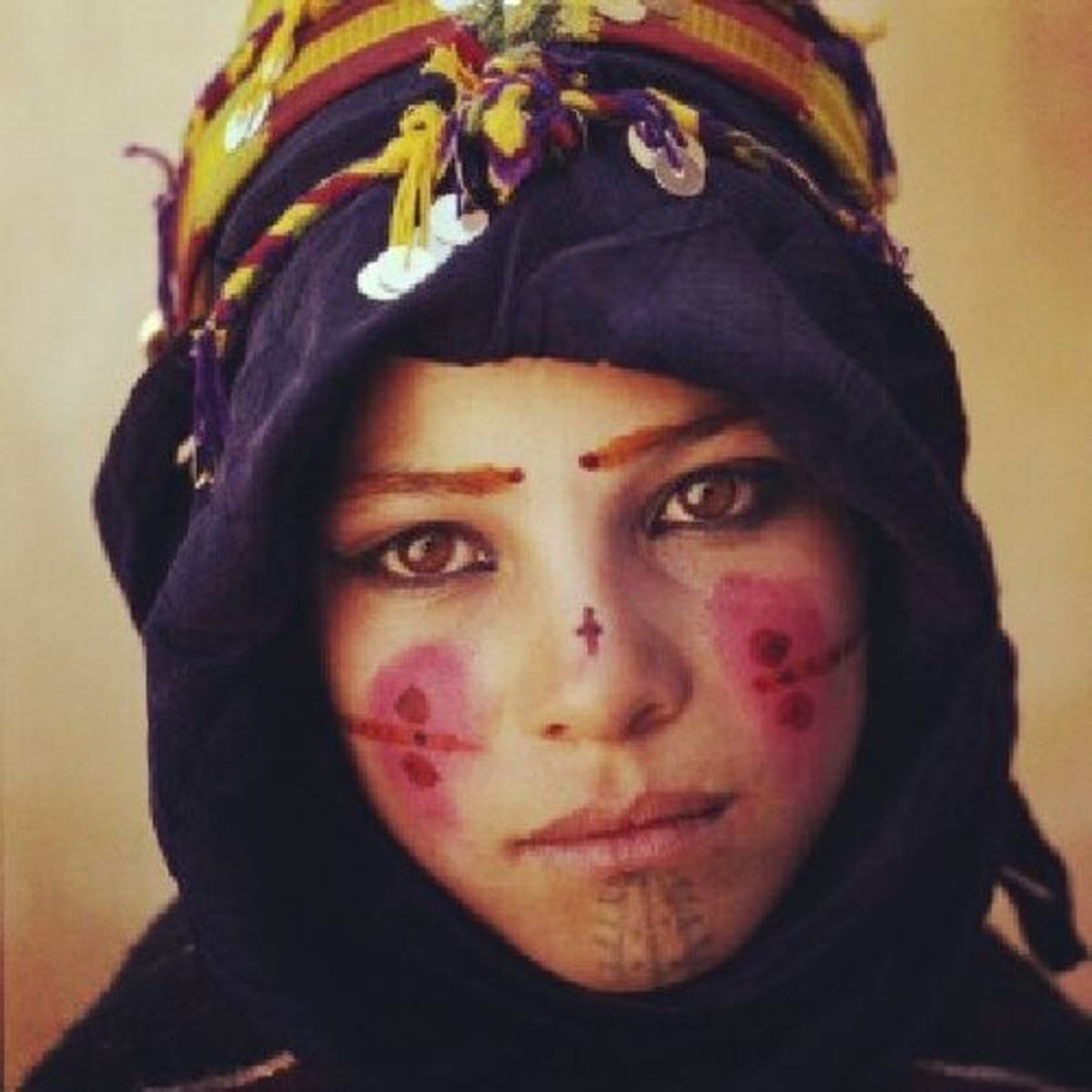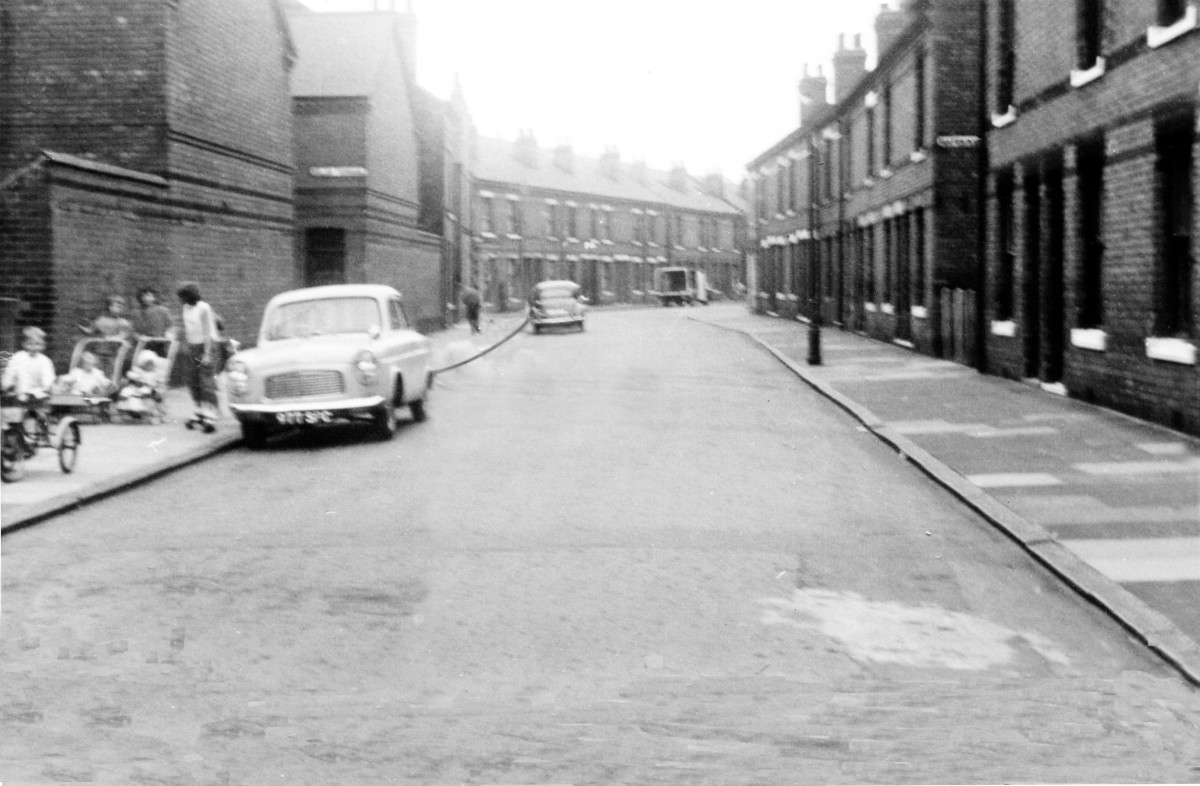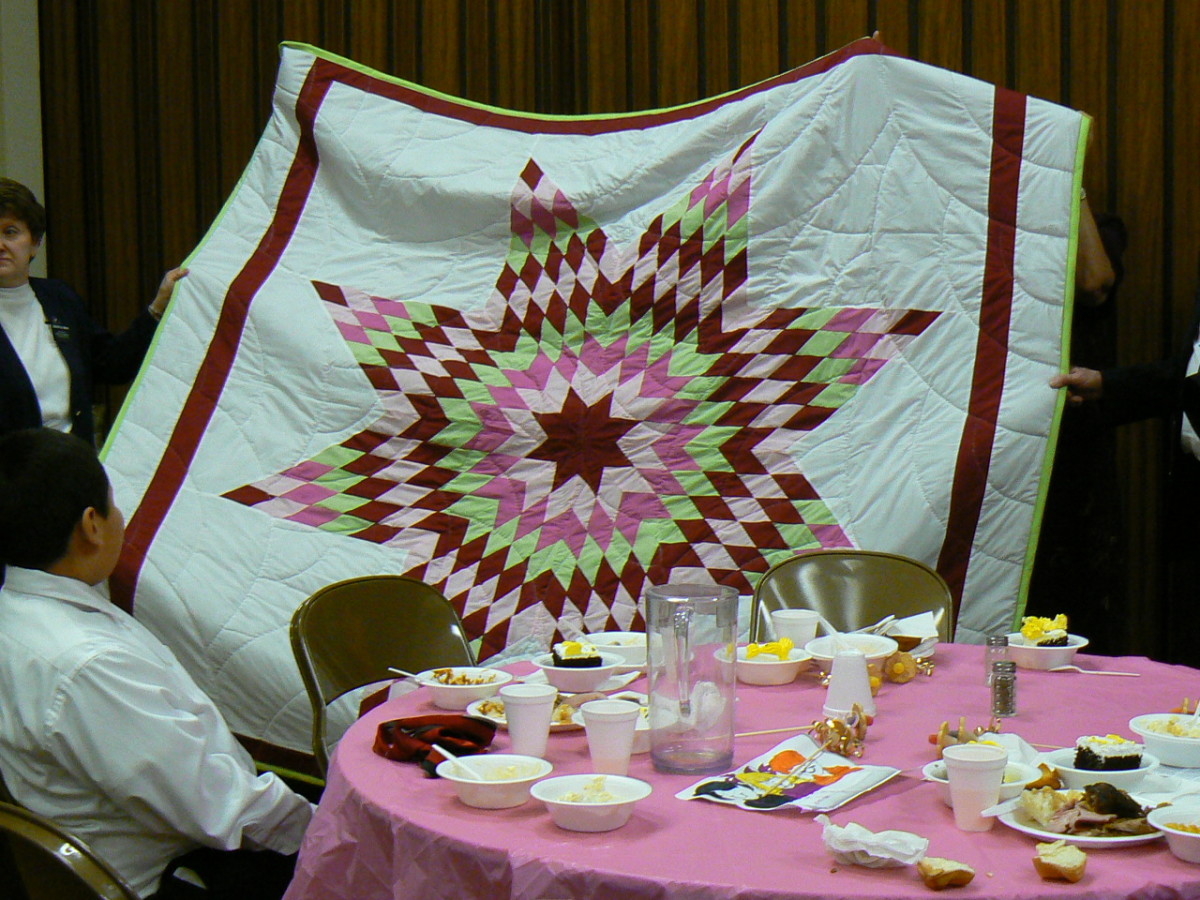The Historical Development of the Mass Media
This is a quick summary of the media types that would have really helped me if I was doing my AS or A2 Sociology again-very useful!
The Historical Development of the Mass Media
The media refers to the many forms of communication which allows ideas to be transmitted to large numbers of people.
Newspapers
In the beginning of the 17th century, the right to print was strictly controlled in England. However, when the Licensing Act lapsed and a great majority of people could read, many new newspapers were produced, leading to 52 public papers in London in the early 19th centaury. Their primary aim was to inform, since people had a greater desire to know what was going on around them.
Today the newspaper has developed different aims. Tabloid newspapers, e.g. the Sun are used to entertain, rather than inform, telling stories about celebrity lives rather than world news. However broadsheet papers still remain, e.g. the Guardian, with their purpose still being to inform.
Film
Between 1895 and 1906, the cinema moved from a novelty to an established large-scale entertainment industry. The films themselves represent a movement from films consisting of one shot, completely made by one person with a few assistants, towards films several minutes long consisting of several shots, which were made by large companies in something like industrial conditions. In 1905, colour could be used and in 1923 sound was able to be added too, although they were expensive. It became so popular because the government encouraged it in the wars to display propaganda films.
Today film has developed to become highly sophisticated and even more lifelike, with the introduction of Imax cinemas, 3D and special effects. It has also become more accessible, with many supermarkets selling DVDs for cheap prices and DVD players coming pre-installed on TVs.
Radio
The BBC was formed in 1922, the first and only radio programme in theUK. This situation continued until 1967, when the three BBC networks – Home (with regional programmes), Light and Third were introduced. In 1973, local stations were licensed by the Independent Broadcasting Authority (IBA) and covered only cities or counties, meaning there was only one station per area. Also, illegal pirate radios existed, playing pop music to teenagers.
Now, however we have analogue and digital radios available with many different radio stations available. The stations provide different things, fulfilling different niches. However the BBC are still the most popular, since they have branched their audience range to cater for everybody.
TV
The first British television broadcast was made system over the BBC radio transmitter in September 1929. It provided a limited amount of programming five days a week by 1930, which then evolved into its own regular service three years later. TV broadcasts in London were on the air an average of four hours daily from 1936 to 1939.
Now, however, we have extensive amounts of television programmes. Also, we have the introduction of digital methods e.g. sky, increasing the basic number of programmes from terrestrial. Recently, innovations in pausing live TV e.g. in Sky+ have been realized. Furthermore, 3D and HD TV for private use in the home for the general public has become a possibility, watching on wide screen plasma and LCD television, providing optimum quality.
'New' Media
New media is a broad term that emerged in the later part of the 20th century to bind together the traditional media such as film, images, music, spoken and written word, with the interactive power of computer and communications technology, computer-enabled consumer devices and most importantly the Internet. Televisions can now be in HD, posters of bands have been transformed into webpages, Wikipedia is an online encyclopedia etc. The internet was first initialized in 1990. It provides a more interactive way for the public to express their opinions since anyone can make additions to the online store of information. Recently, it has evolved to be fast speeds, using fiber optics.


